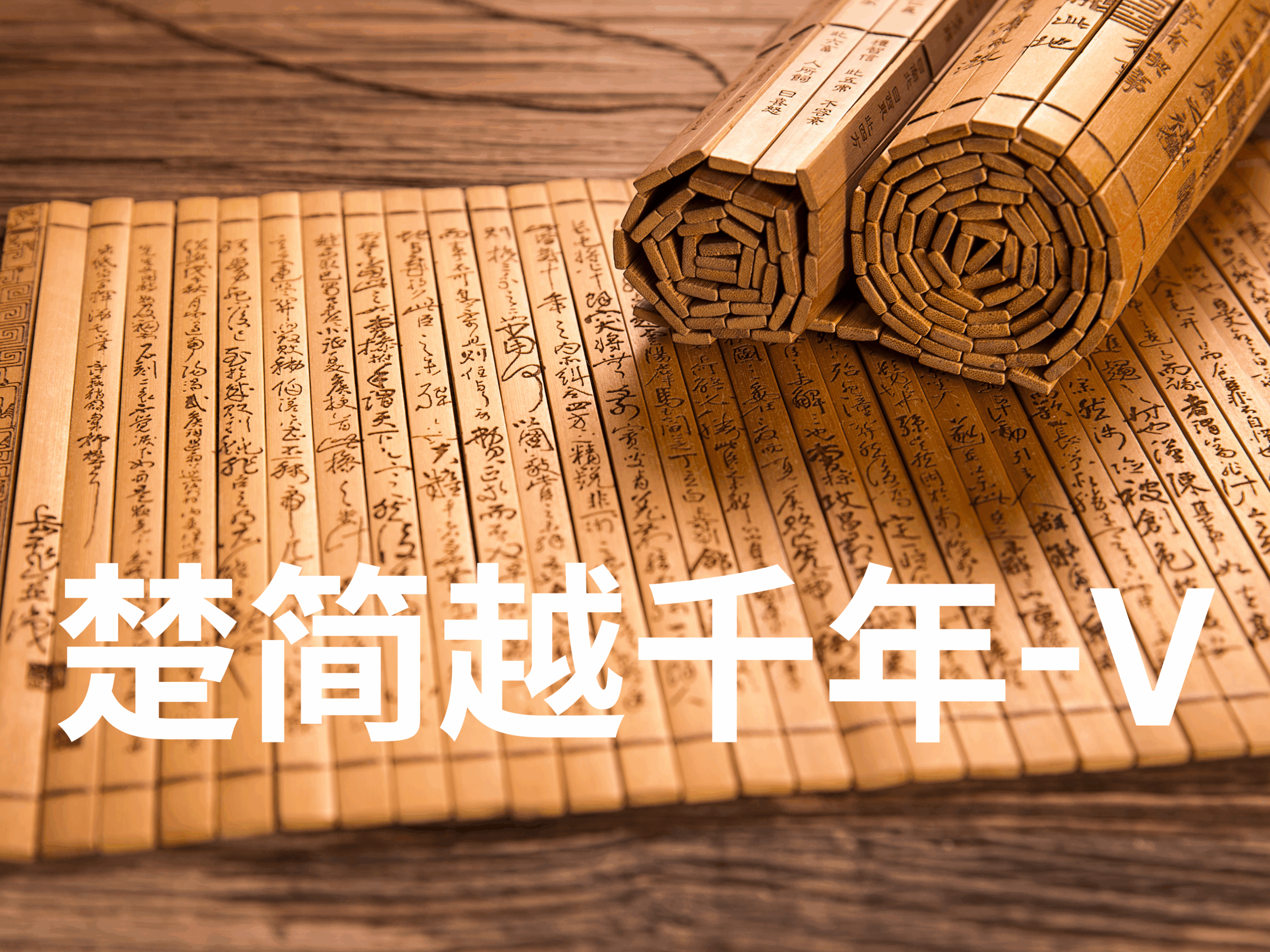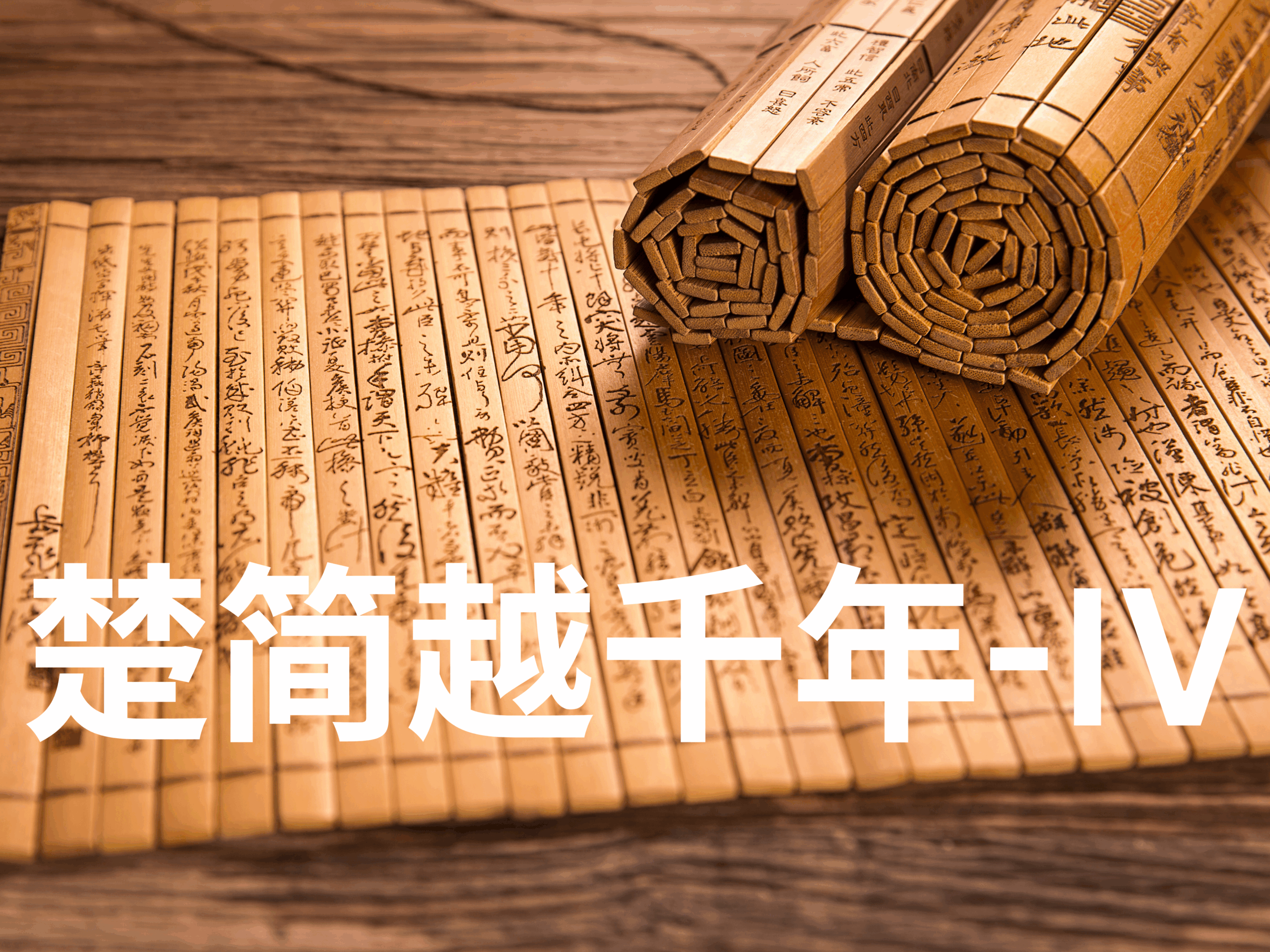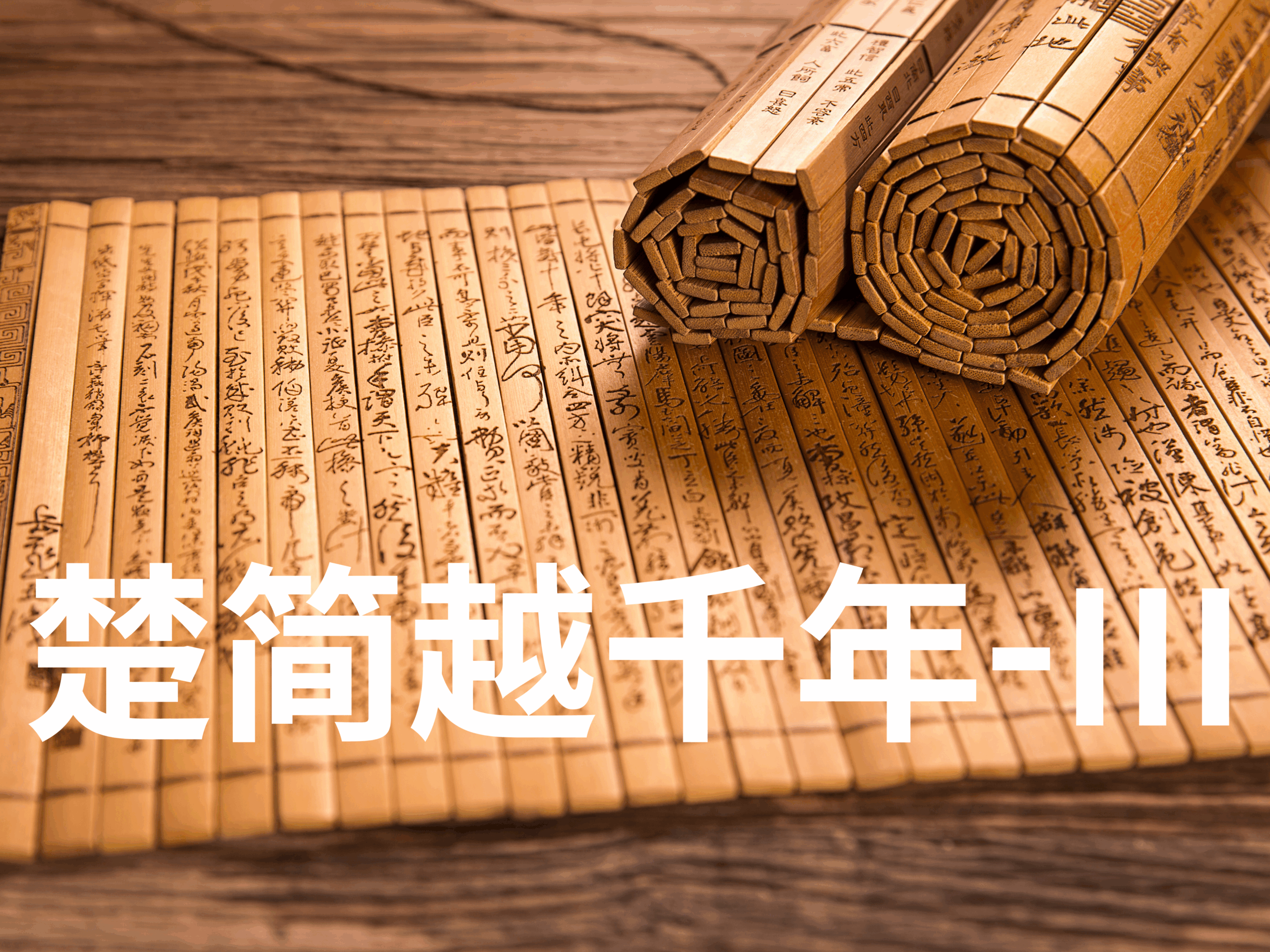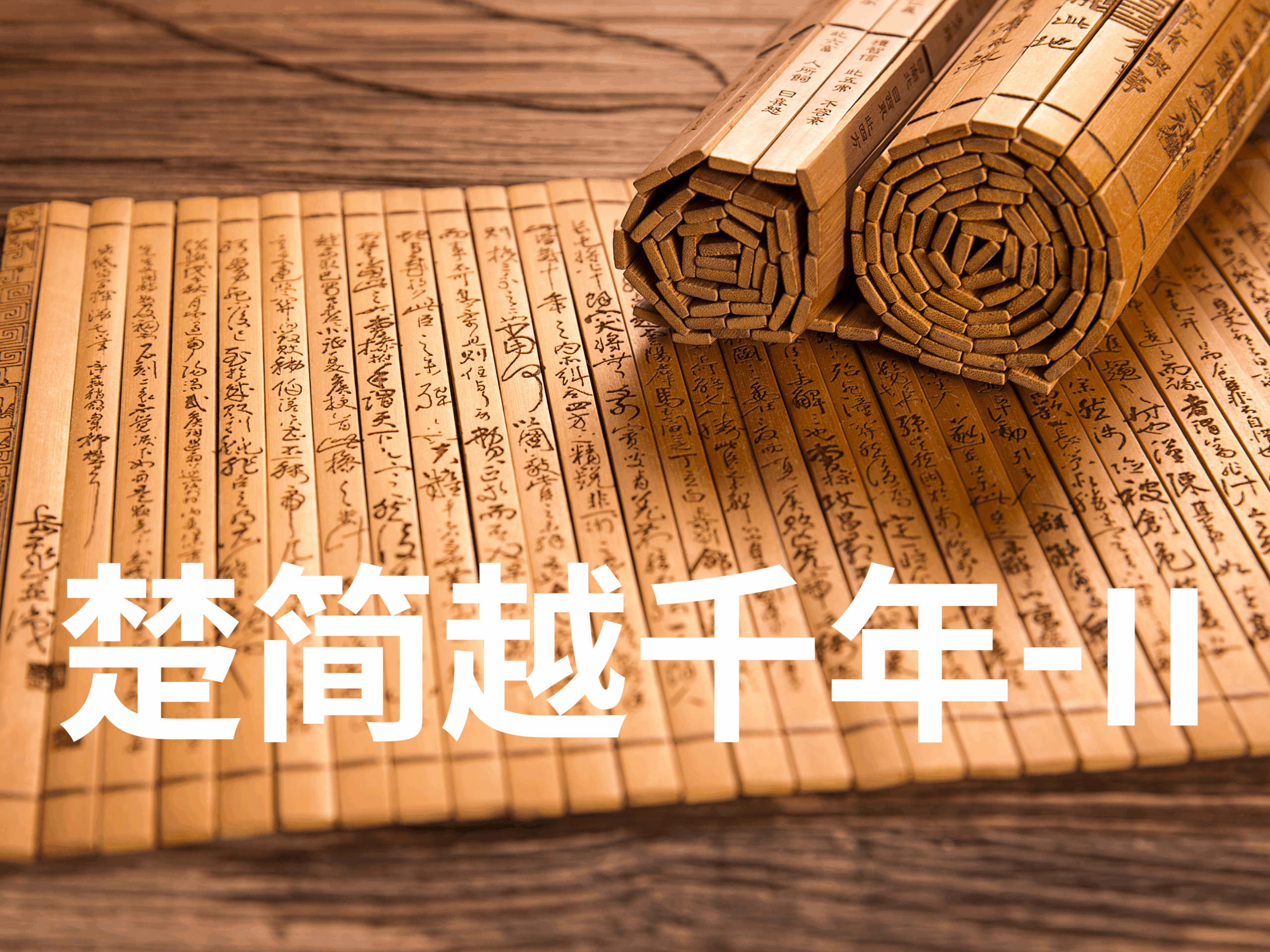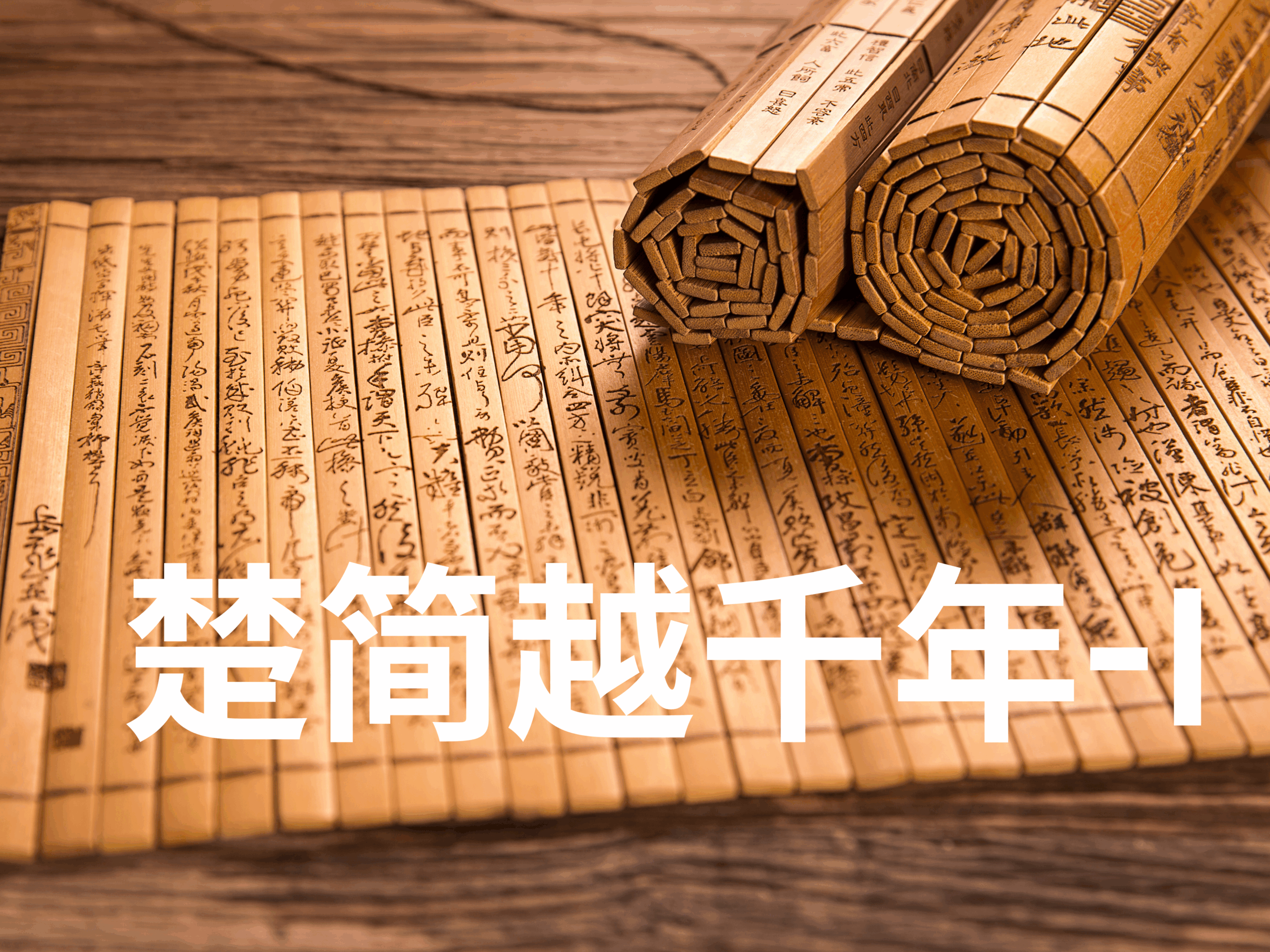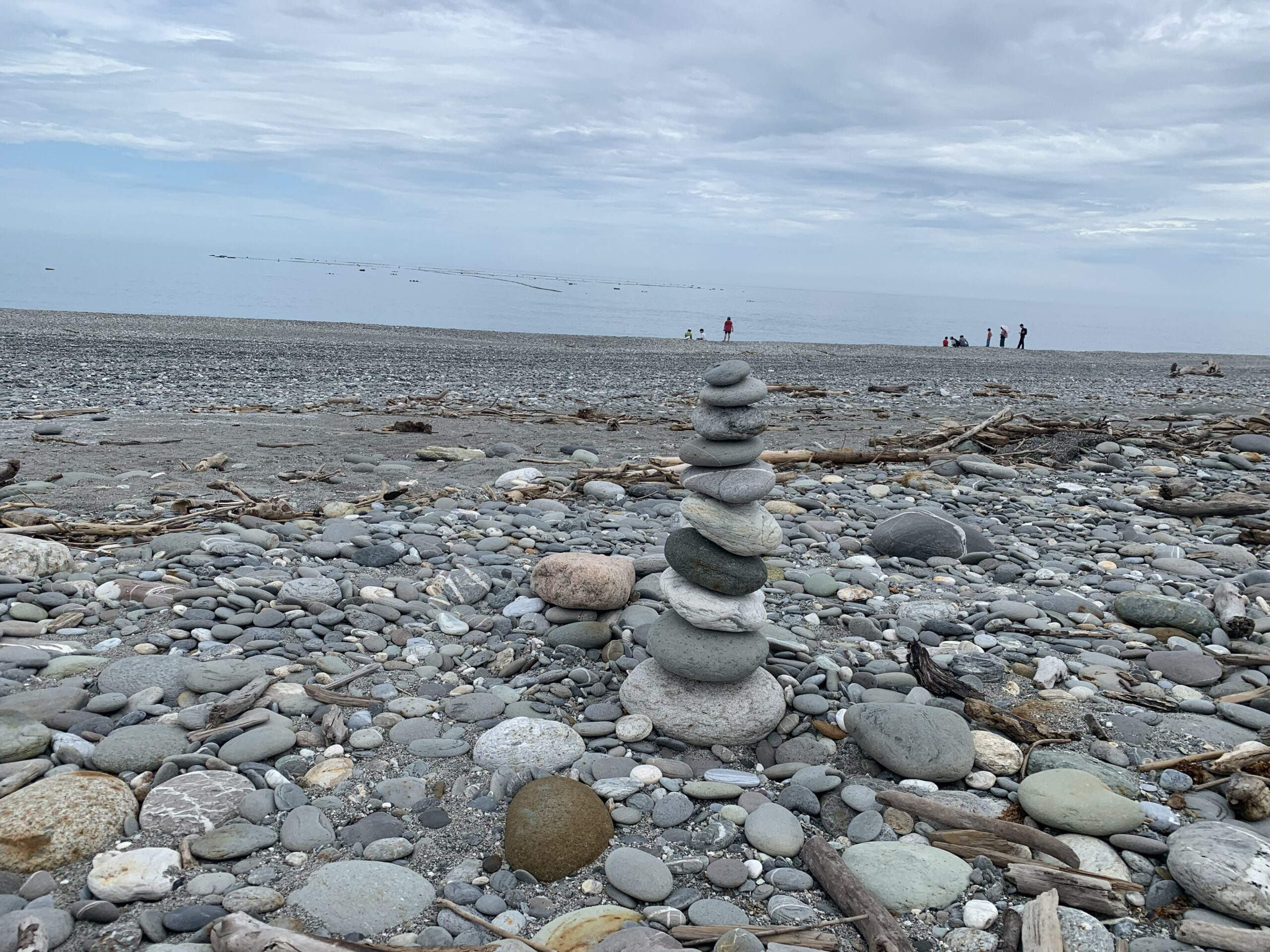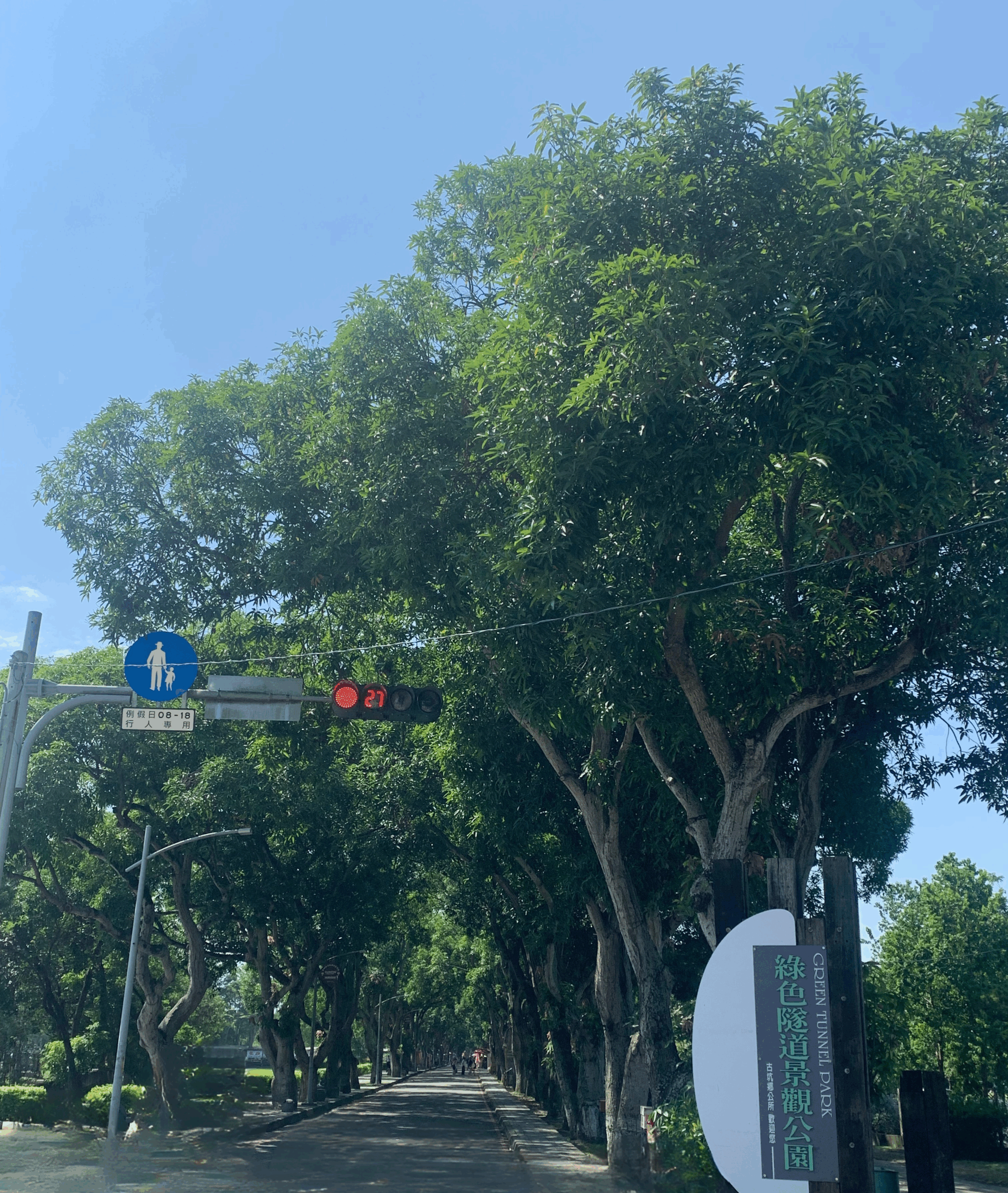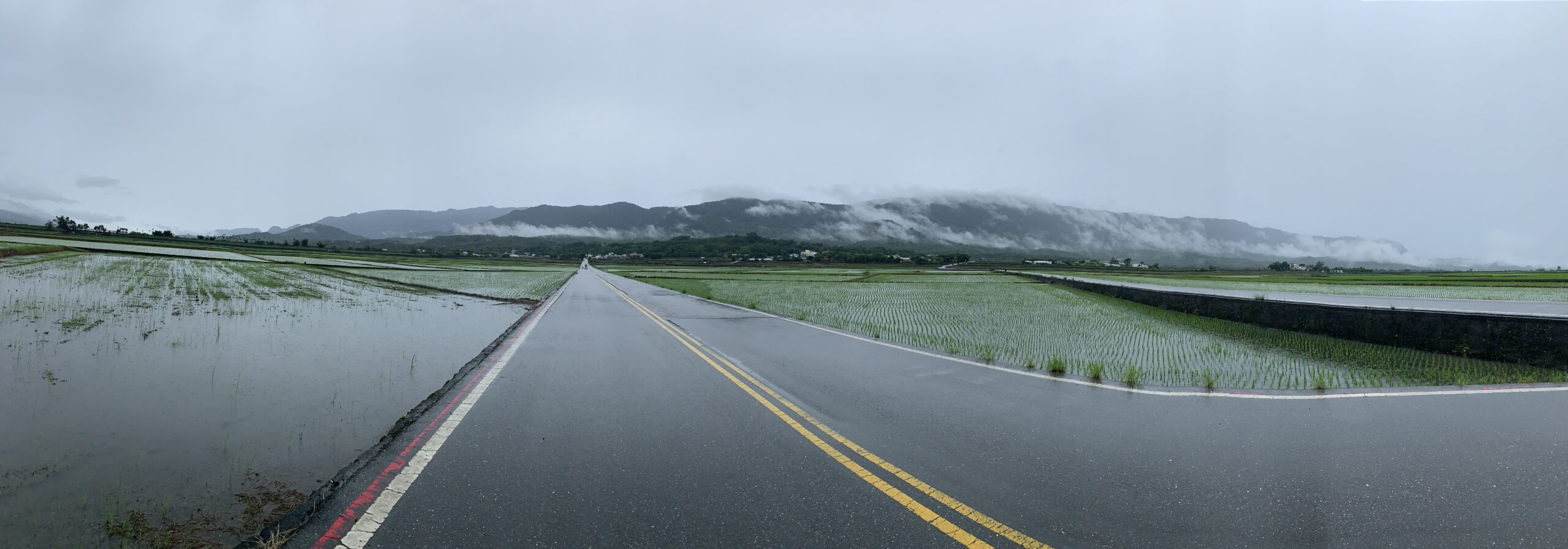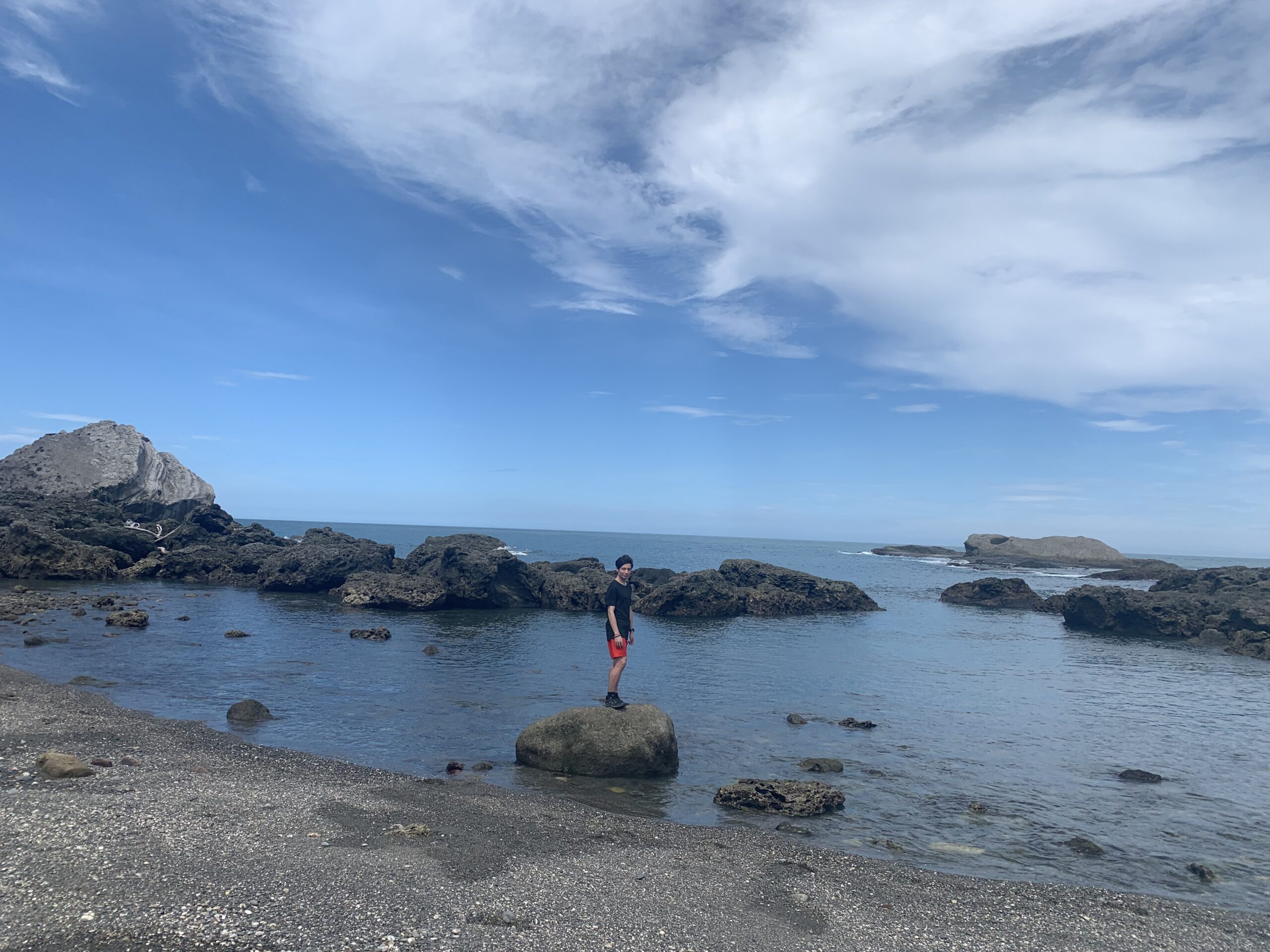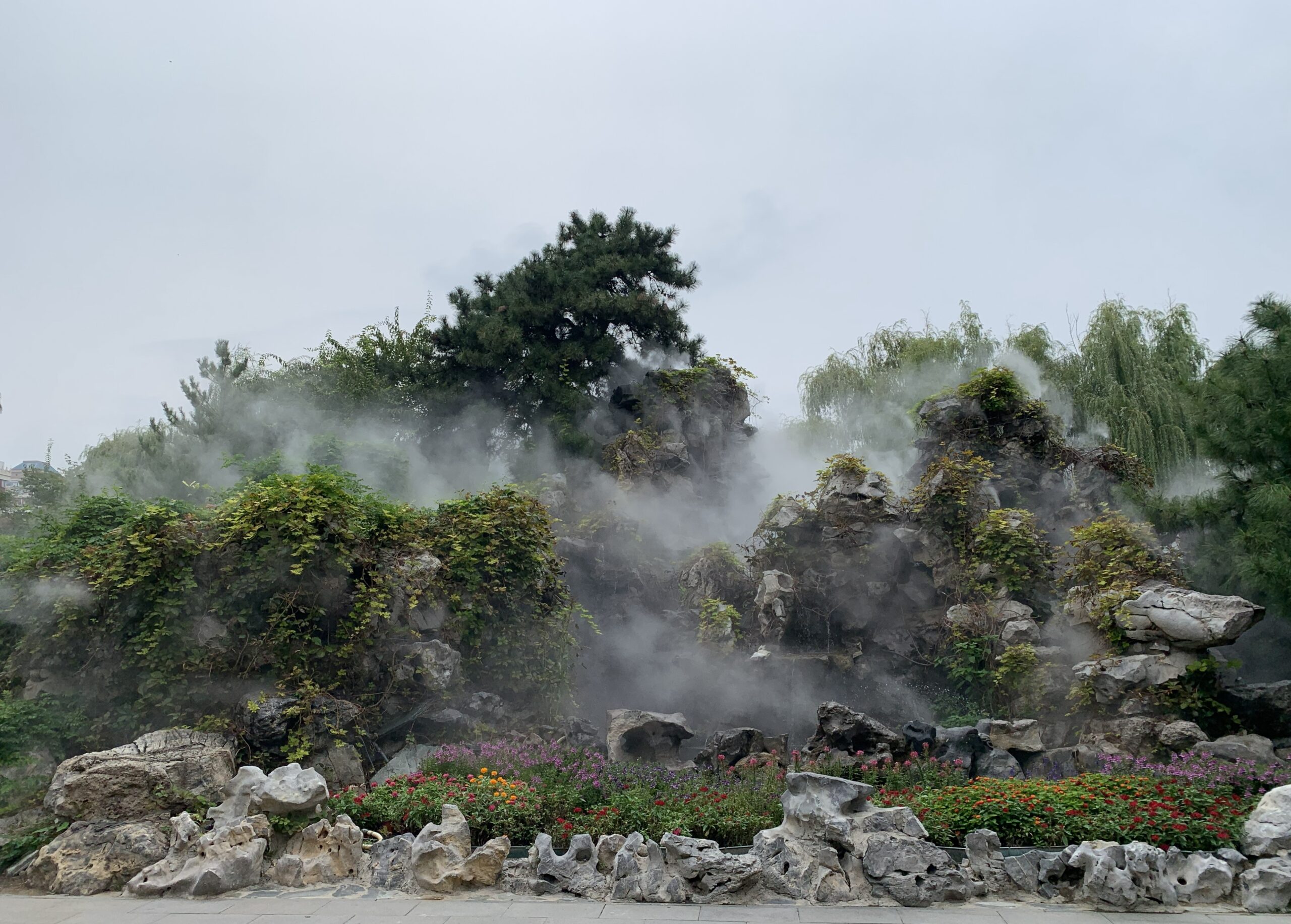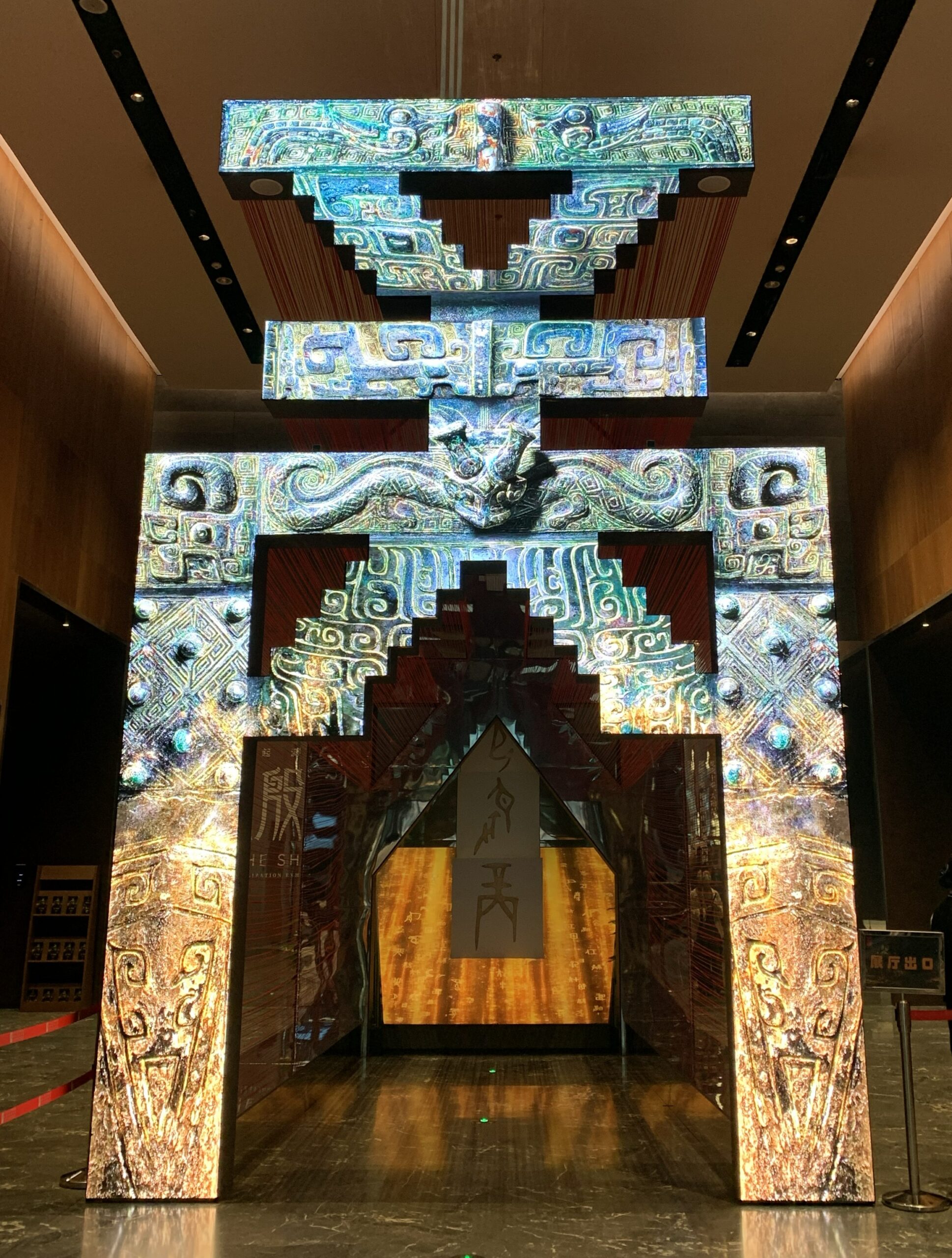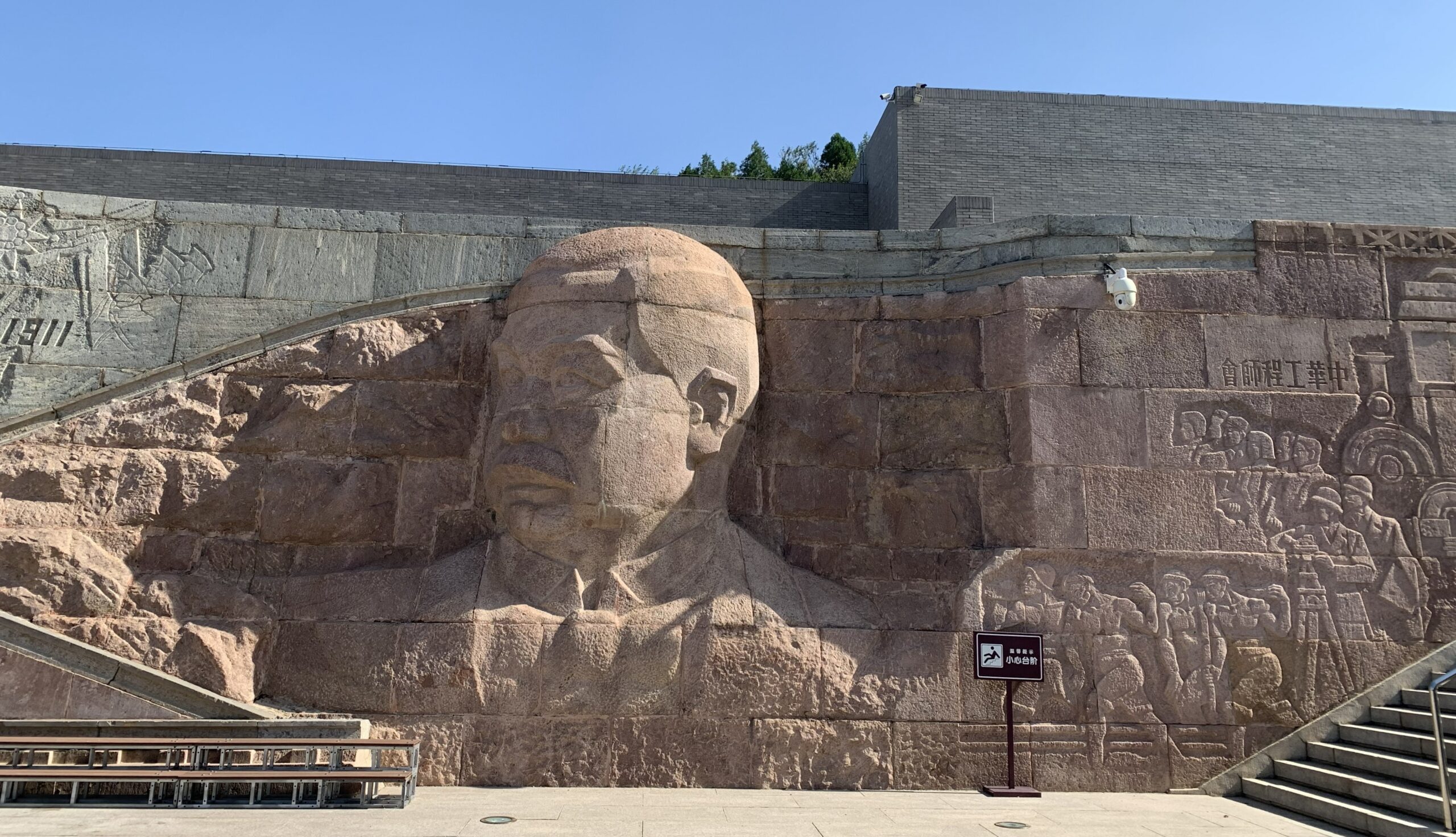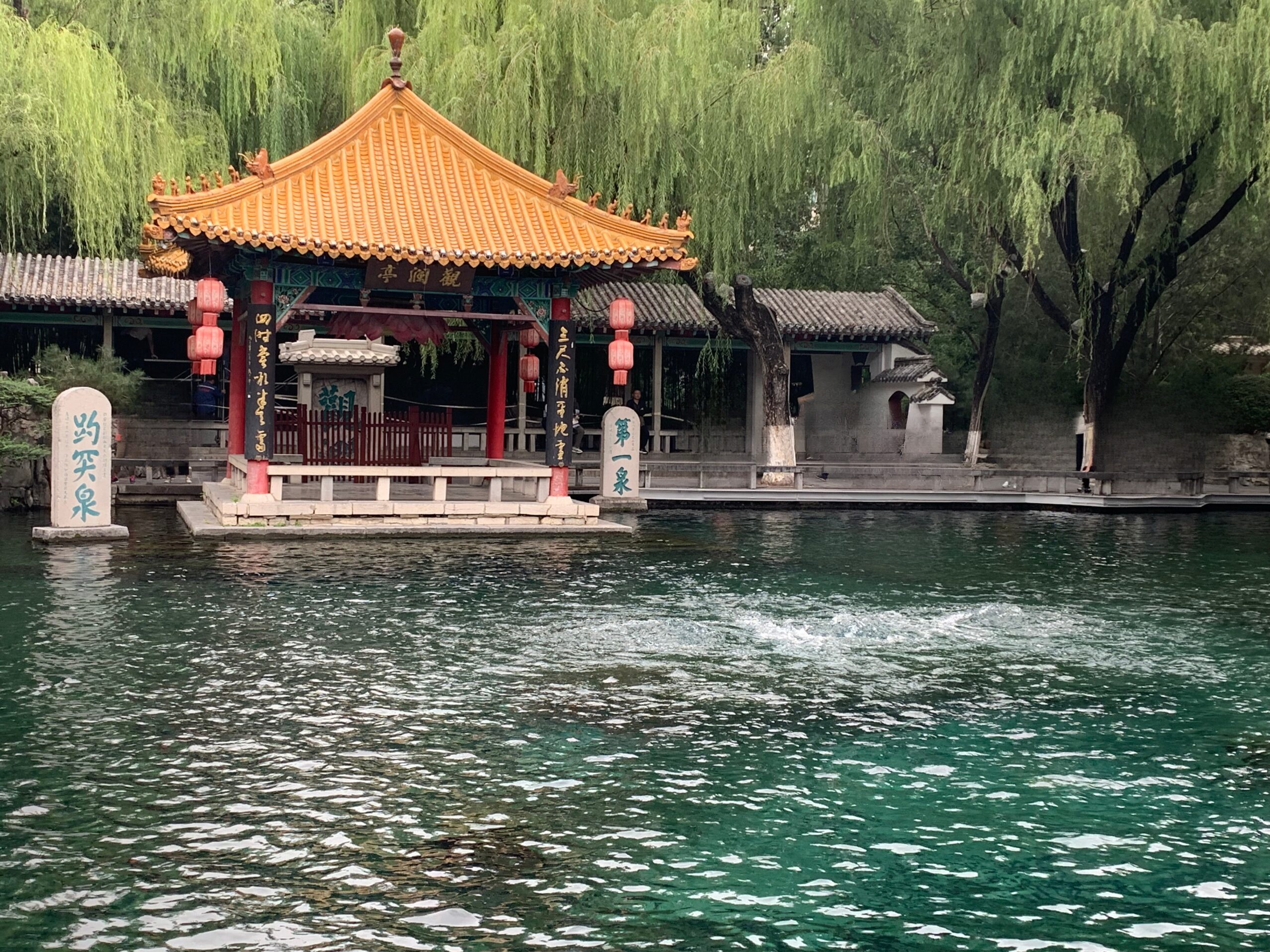《楚简越千年 V:一脉相承》|千年回响:听见心跳,楚在呼吸
在荆州的泥土深处,楚人的文字沉睡千年。它们不是被时间遗忘,而是被封存在潮湿的地脉、被等待在纪南古城的心跳之中。《楚简越千年》第五集《一脉相承》,以“城市的回声”为主轴,展开一场从竹简到奖牌、从学术到生活的文明再生:马拉松奖牌、非遗文创、书法课堂、光影舞台,楚简以新的方式走入我们的时代。我们开始明白——文明不是静止的遗产,而是仍在跳动的心。听见心跳,楚在呼吸。Deep in the soil of Jingzhou, the bamboo slips of Chu have slept for millennia—not forgotten, but preserved in the region’s breath, pulsing beneath the ancient city of Ji’nan. Episode V, A Line Unbroken, centers on the echoes of a city where civilization still beats: in marathon medals, cultural festivals, calligraphy classrooms, and contemporary design. The Chu slips are no longer relics — they are signs of life.We begin to realize: Civilization is not a static legacy, but a living pulse. Hearing the heartbeat — Chu still breathes.

